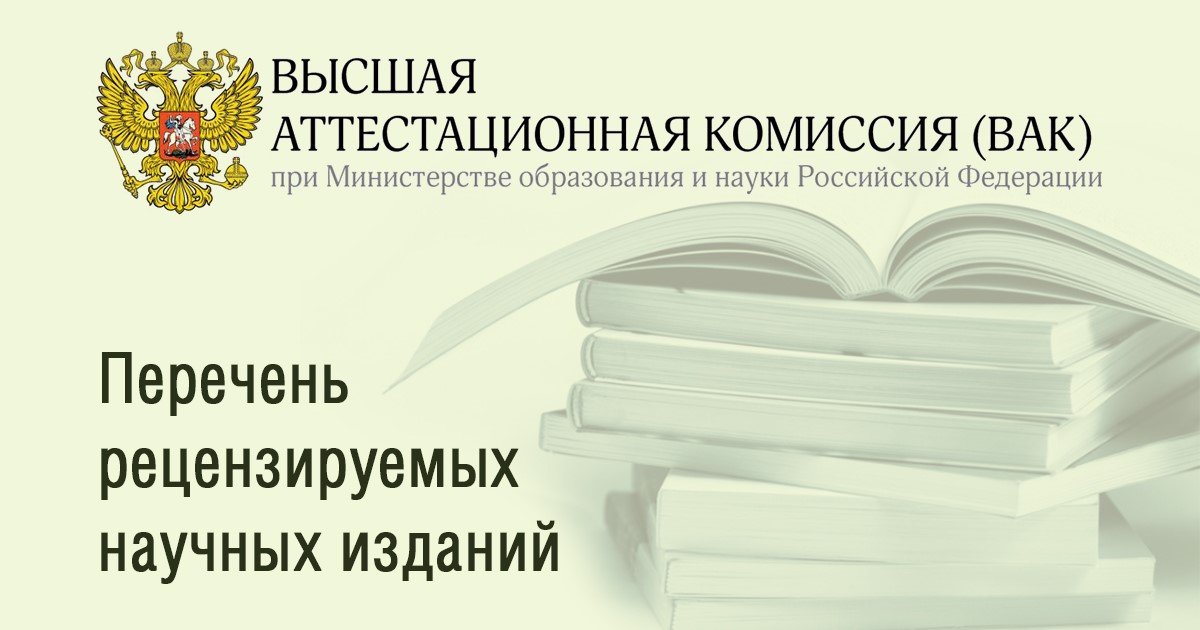BARRIERS TOWARDS ACHIEVING SUSTAINABLE ECONOMIC GROWTH IN RUSSIA AND HOW TO OVERCOME THEM
Abstract
Focused and effective structural policy that ensures the introduction of brand new technologies in the national economy is a key factor in sustainable economic growth at the post-industrial stage of social development. The use of new technologies paves the way to enhanced international competitiveness, reduced costs and enhanced productivity gains. Despite the existing opportunities, the Russian economic system failed to carry out structural adjustment based on cutting edge technologies, decreasing the likelihood of sustainable economic growth. In this regard, the article provides a retrospective analysis of economic growth and the factors that determine it in the Russian Federation in 1995-2019. In the course of the study, vulnerabilities were identified that reduce the growth prospects of the national economy. The decrease in purchasing power is the main factor in reducing the demand for the benefits of domestic production. Ineffective structural policy is the reason for lagging behind when it comes to innovations in the manufacturing sectors of the national economy. The tense geopolitical situation affects implementation of innovations, which leads to a significant expansion of the primary sector, a reduction in the growth potential of the national economy and an increase in exposure to external shocks. The importance of the Russian economy in the global economic system is declining. In view of the above, the author suggests some step to implement that that will take the Russian economy to the next level of development.
Keywords
GDP; Keynesian theory; national economy; aggregate demand; sustainable economic growth
References
Glazyev S.Yu. On the Underlying Causes of Growing Chaos and Measures to the Economic Crisis Overcoming // Eurasian Integration: Economics, Law, Politics. 2020. No. 2 (32). pp. 11-22. (In Russ.).
National Accounts. Official statistics (2020). Federal service for State Statistics (In Russ.). Available at: https://rosstat.gov.ru/accounts (accessed 21.11.2020).
Nureev R.M. ‘The General Theory of Employment, Interest and Money’ J.M. Keynes: Background, Methodology and Specific Interpretations // Journal of Institutional studies. 2016. Vol. 8. No. 1. pp. 6-34. (In Russ.).
Perevyshin Yu.N. Government Expenditure and Economic Growth: Evaluation of the Threshold Share // Economic Analysis: Theory and Practice. 2016. No. 4 (451). pp. 57-51. (In Russ.).
Selishcheva T.A. Reversnaya retsessiya real’nogo sektora ekonomiki Rossiyskoy Federatsii i problemy ekonomicheskogo rosta [The reverse recession of the real sector of the Russian economy and the problems of economic growth] / Intellektual’nyy kapital v ekonomike znaniy [Intellectual capital in the knowledge economy]: proceedings of Minsk branch of Plekhanov Russian University of Economics to the 110th anniversary of Plekhanov Russian University of Economics, Minsk, April 14, 2017. Publisher: Unity Dana. pp. 255-267. (In Russ.).
Selisheva T.A. Causes of drop-up dynamics of the Russian economy / Sotsial’no-ekonomicheskoe razvitie Rossii i Mongolii: problemy i perspektivy [Socio-economic development of Russia and Mongolia: issues and perspectives]: materials of the VI International scientific-practical Conference, Ulan-Ude, May 21-22, 2019. Ulan-Ude: East Siberian State University of Technology and Management, 2019. pp. 296-300. (In Russ.).
Stepanov R.V. Statistical analysis of the dynamics of consumer spending // Herald of the Moscow university of finances and law. 2019. No. 3. pp. 144-153. (In Russ.).
Keynes J.M. The General Theory of Employment, Interest and Money. Palgrave Macmillan, 1936. 472 p.
About the Author
Oleg V. Tumarkin – Programmer 1C, Promex: Limited Company, Saint-Petersburg, Russia. E-mail: tumarkin.oleg@yandex.ru
For citation:
Tumarkin O.V. Barriers Towards Achieving Sustainable Economic Growth in Russia and How to Overcome Them // BENEFICIUM. 2020. No. 4 (37). pp. 55-64. (In Russ.). DOI: http://doi.org/10.34680/BENEFICIUM.2020.4(37).55-64









